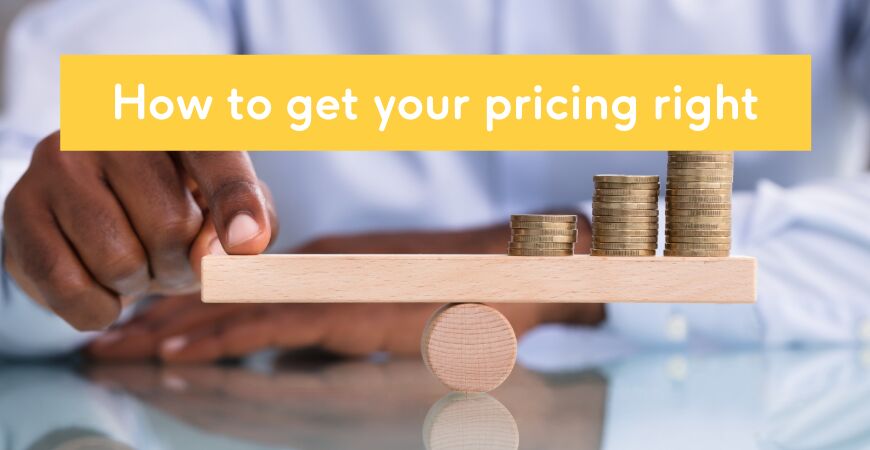

Tue 25 / 01 / 22
How to get your pricing right
Figuring out pricing, and getting a pricing strategy in place, can be a difficult task for any business leader or sole trader. Megan Saker, from SaaS strategy platform business Lucidity, shares their tips to getting your pricing and strategy right.
By Megan Saker of
As a business leader, getting your pricing ‘right’ can be a powerful driver of profits, yet studies have shown that, on average, businesses spend no more than six hours a year working on their pricing.
It can seem like a daunting task but there are a number of tools and frameworks that can help you work through the process in a methodical manner.
Laying the groundwork
Firstly, you need a clear understanding of your competitive positioning. This boils down to whether you are competing on cost or quality and whether you’re focused on a particular niche or not. Take a look at either Porter’s Generic Strategies model or Bowman’s Strategy Clock and pick the competitive position that applies to you.
Secondly, consider all the options available to your customers and how each is perceived in relation to your offering. Using a Perceptual Map is a great way to plot each option across things like price and quality.
Next think about the price sensitivities in your market. Between what parameters can you choose your price? At what price does a customer think your product is too expensive, and at what price would they consider it too cheap? Find the sweet spot with a tool like The Price Sensitivity Meter.
Choosing your pricing strategy
Now, armed with that insight, it’s time to think about the three main pricing strategies – Cost Plus, Competitive and Value Based.
Cost Plus Pricing is the simplest pricing strategy where you decide how much extra you will charge for an item over the cost. It relies on you having a good grasp of your costs and an understanding of what margin you want to make.
With Competitive Pricing, your prices are heavily influenced by those of your competitors. Whether you want to be the lowest price, have a premium price or price match, with this strategy you are setting your price in relation to the competition.
Finally Value Based Pricing is potentially the hardest strategy to get right but could arguably give you the biggest profits. Here you are focused on the value you are offering your customers and are setting your price based on that perceived value. This strategy requires a detailed understanding of your target market and good messaging to portray that value and justify your price.
Lucidity recently ran a Bite-sized Learning for Brighton Chamber: How to increase revenue with a pricing strategy.
For more information on all of these tools and frameworks and detail on each pricing strategy check out Lucidity’s free guides and articles on pricing.
And for more learning events, head over to the Chamber events calendar:
If you want to contribute to the Chamber blog, contact us on hannah@brightonchamber.co.uk



